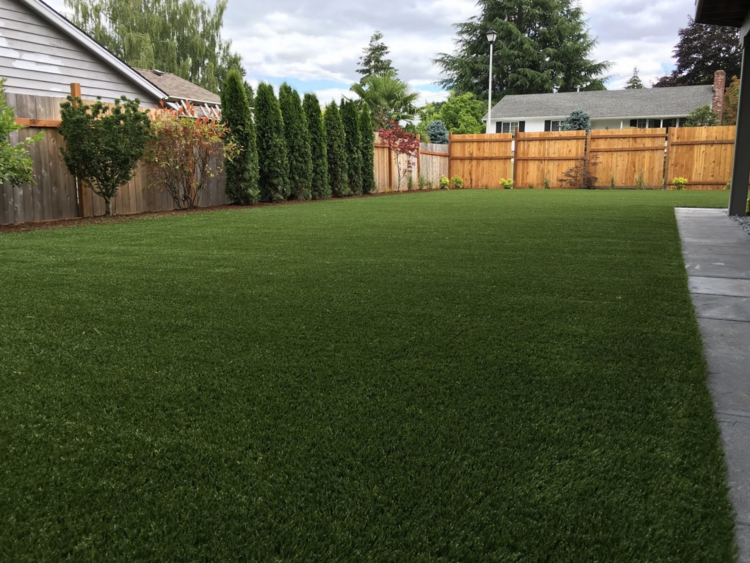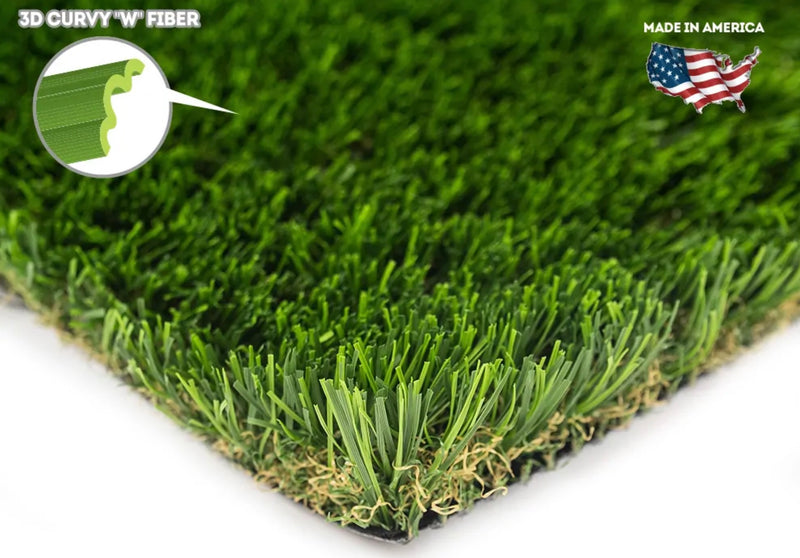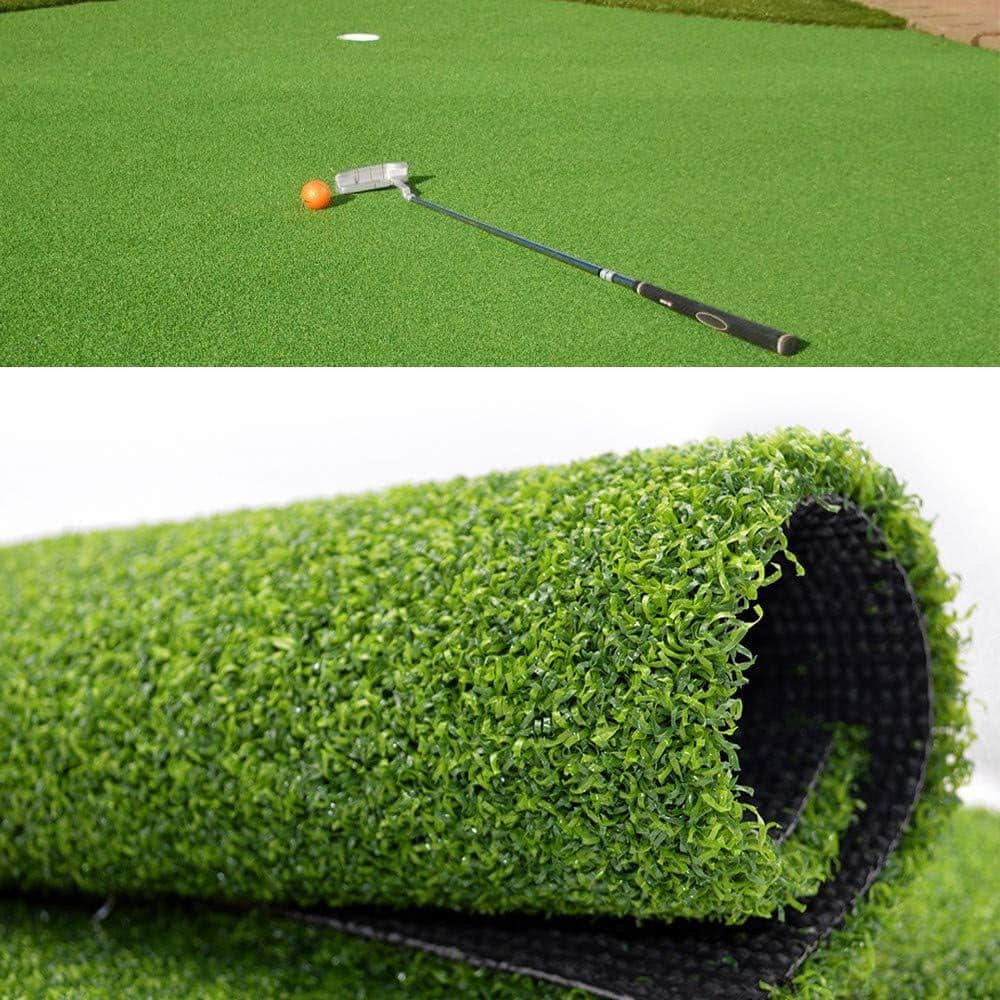Transform Your Outdoor Space with Arizona Artificial Turf for a Evergreen Green Look
Transform Your Outdoor Space with Arizona Artificial Turf for a Evergreen Green Look
Blog Article
Look Into the Environmental Conveniences of Opting for Artificial Grass Solutions
The adoption of man-made lawn solutions presents a compelling chance to attend to pushing ecological challenges. By significantly reducing water usage and reducing the application of unsafe chemicals, these alternatives not only promote sustainable landscaping however likewise secure neighborhood ecosystems.
Water Conservation Advantages
One of the most significant advantages of artificial lawn is its capability to save water. In contrast, fabricated grass does not need watering, significantly lowering the general demand for water sources.
By removing the requirement for regular watering, synthetic grass contributes to lasting landscape methods and helps minimize the ecological effect of too much water consumption. The preservation of water extends to the reduction of drainage, which can lead to soil disintegration and river pollution.
Furthermore, the installment of synthetic lawn allows property owners and districts to allocate water resources a lot more successfully, focusing on vital usages such as alcohol consumption water and agriculture. The shift towards man-made lawn not just promotes accountable water usage however additionally straightens with broader environmental goals focused on protecting all-natural sources.
As areas increasingly prioritize sustainability, the water conservation benefits of synthetic grass provide a compelling situation for its fostering in industrial and property landscaping jobs.
Minimized Chemical Usage
The shift to artificial lawn considerably decreases the reliance on chemical treatments commonly made use of in all-natural yard upkeep. Standard grass administration commonly entails the application of pesticides, plant foods, and herbicides to promote development and control bugs. These chemicals can present risks to human health, local wild animals, and the atmosphere, contributing to dirt and water contamination.
In comparison, man-made grass eliminates the need for these harmful materials. When set up, it needs minimal maintenance, mostly containing regular cleansing and occasional infill replenishment. This reduction in chemical use not only benefits the instant environment yet likewise adds to more comprehensive environmental security. By lessening the release of artificial compounds right into the environment, synthetic lawn promotes much healthier soil and water supply.
Additionally, the lack of chemical runoff connected with artificial grass installments helps secure local waterways from air pollution, supporting water life and keeping biodiversity. Arizona artificial turf. As areas progressively focus on lasting practices, going with synthetic grass presents a practical remedy that aligns with environmental conservation goals. With this change, homeowner can delight in rich environment-friendly spaces without compromising eco-friendly wellness, leading the way for a more sustainable future
Lower Carbon Footprint

Moreover, the installment of synthetic grass can cause significant water conservation. Natural yards call for substantial amounts of water for irrigation, which not just includes in the carbon impact related to water removal and treatment however additionally pressures local water resources. official website On the other hand, synthetic grass needs very little upkeep, calling for no watering, therefore considerably decreasing water usage and its connected energy expenses.
Furthermore, the durability of synthetic grass adds to its lower carbon influence. With a life-span of approximately 15 years or even more, the need for constant replacements is lessened, resulting in less waste and reduced power consumption in manufacturing and dealing with standard yard choices. Generally, artificial lawn offers a sustainable choice for ecologically mindful landscape design.
Habitat Preservation
Environment preservation is an essential consideration in the argument over landscape design options, specifically when contrasting artificial lawn to all-natural turf. All-natural lawn lawns frequently call for considerable maintenance, including the usage of herbicides, fertilizers, and chemicals, which can negatively impact neighborhood environments. These chemicals can leach right into the soil and rivers, harming indigenous flora and animals and disrupting neighborhood habitats.
In contrast, man-made turf provides an opportunity to reduce the eco-friendly impact of landscaping. By choosing for artificial turf, house owners can minimize the interruption of all-natural habitats connected with traditional yard treatment practices. Man-made turf gets rid of the demand for damaging chemicals, therefore safeguarding neighboring wild animals and maintaining the stability of bordering communities. Moreover, the installation of man-made turf can cause the conversion of previous turf locations into even more biodiverse landscapes, such as pollinator gardens or native plant locations, which can support neighborhood wildlife.
Eventually, the shift to synthetic grass not just preserves water and reduces maintenance initiatives but also fosters an extra unified partnership between human activities and the natural surroundings, advertising environment preservation in the process.
Long-Term Sustainability
Long-term sustainability is an important consider evaluating the benefits of fabricated lawn over typical lawn lawns. One of one of the most substantial benefits of artificial lawn is its longevity; it can last approximately 15-20 years with very little maintenance, whereas all-natural turf requires constant reseeding and replacement. This longevity lowers the requirement for constant sources, such as water, fertilizers, and pesticides, which are essential for keeping a healthy and balanced turf lawn.
In addition, synthetic grass adds to a decrease in carbon emissions related to grass treatment tools. Typical grass often call for gas-powered lawn mowers, leaners, and blowers, all of which add to air pollution. Turf installation phoenix az. On the other hand, synthetic grass eliminates the requirement for such tools, promoting a cleaner setting
Furthermore, the manufacturing of synthetic lawn progressively makes use of recycled materials, improving its sustainability account. As producers take on green practices, the ecological impact of synthetic grass proceeds to lessen.

Final Thought
The adoption of synthetic grass options presents significant ecological advantages, consisting of considerable water conservation, reduced dependence on dangerous chemicals, and a lower carbon impact. Artificial grass aids in protecting natural read the article habitats by lessening land disturbance and promoting long-term sustainability with the usage of resilient products. Collectively, these aspects underscore the capacity of fabricated grass to add positively to ecological health and supply a practical choice to conventional landscape design practices in a significantly resource-conscious world.
In contrast, fabricated turf does not require watering, significantly minimizing the total demand for water resources. By decreasing the launch of artificial compounds into the ecosystem, man-made lawn advertises healthier dirt and water systems.
Furthermore, the installation of synthetic grass can result in substantial water conservation. In contrast, man-made grass requires marginal upkeep, calling for moved here no watering, therefore significantly reducing water usage and its associated energy costs.

Report this page